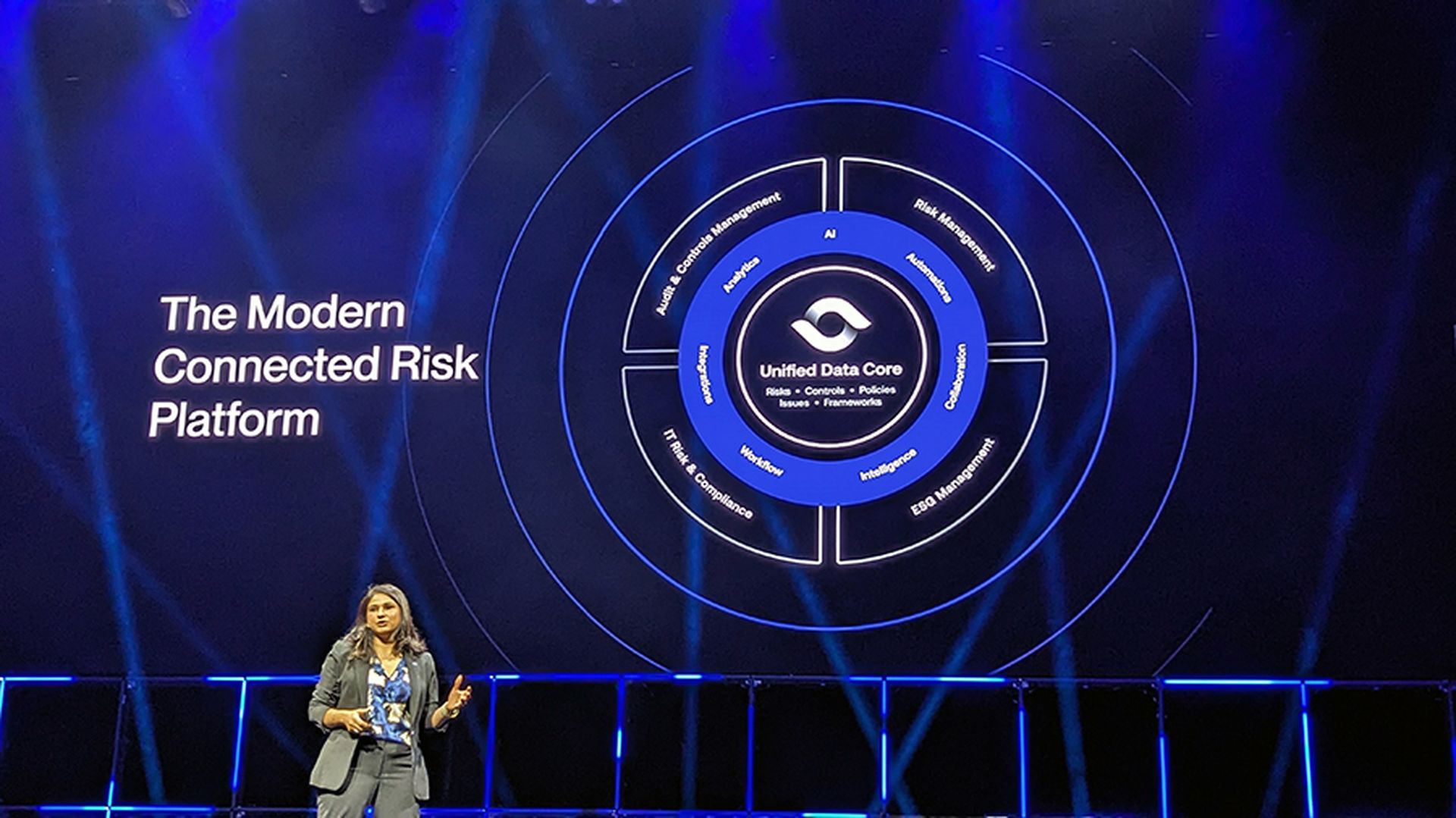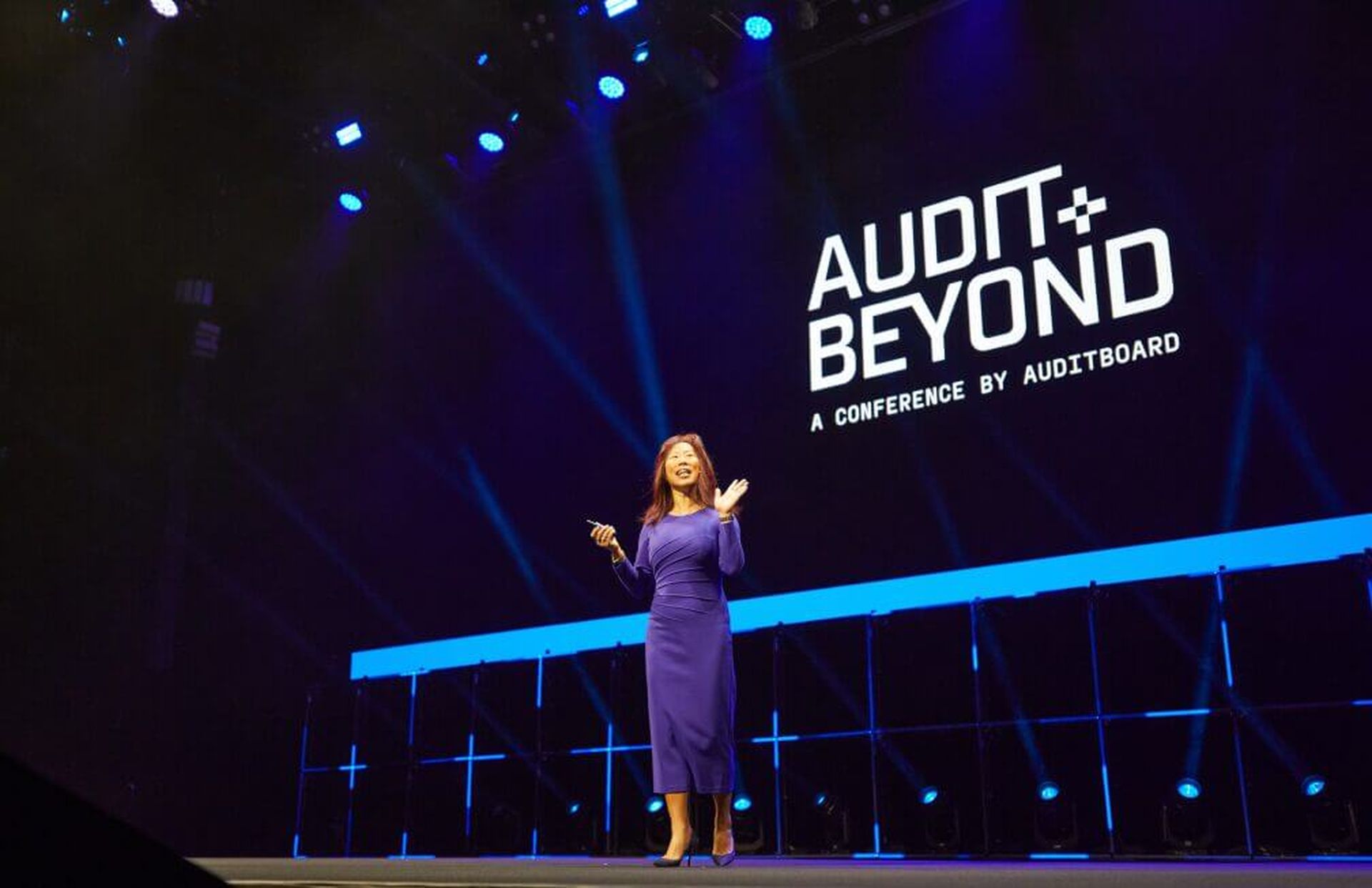The challenge of protecting data in use is becoming more and more urgent as data leaks continue unabated. This urgent need is creating waves in the industry forcing key players to take action and initiatives that have already formed to make the move to confidential computing more achievable.
One of these initiatives is the Confidential Computing Consortium a community project formed by the Linux Foundation. Founding members of the consortium include Alibaba Cloud, Google Cloud, IBM, Microsoft, and Tencent. Another one is Azure’s confidential computing solution, which hopes to protect data, while in use, in a public cloud. Google has already jumped in and created a designated strategy around confidential computing - its message is one of agnosticism. They offer an open-source framework, Asylo, that can be used not only on Google Cloud but other cloud environments too. Asylo is attempting to be agnostic to the hardware platform and the TEE, hoping this will allow the creation of apps that work within this environment.
What it’s all about?
Securing data is a holistic operation. Any gap in the process leaves a vulnerability that can be exploited. When data is used, it will be at risk of exposure; normally, if data is encrypted, to be able to then subsequently modify it, the data would need to be decrypted. This opens up a gap that anyone with an interest in an organization’s sensitive data can exploit. This vulnerable state can result in highly sensitive data and encryption keys leaking or being maliciously exposed or stolen.
One of the main issues with sharing and using encrypted data within a cloud architecture is that the cloud providers have access to the keys used to encrypt the data as the app logic that resides within their infrastructure has to decrypt in order to process it. This makes the use of encryption problematic and open to misuse, whether malicious or accidental.
Confidential computing is about ensuring that data is protected even when it is being processed by the application. The basic premise of confidential computing lies within the mechanism of a trusted execution environment (TEE), essentially an encrypted container, the data therein, protected using either software or hardware. The data can then only be processed from within this protected container. This adds a layer of protection that can potentially cover all states of data at once.
Five questions to ask
Even though this is clearly a hot topic and a major pain within the security community, the main issue with confidential computing is that its full ecosystem has not been mapped and organized yet. Several solutions and technologies have the potential to fall within this category and it is unclear what are the main buckets to comprise it. Nevertheless, there are some guiding questions that you can ask yourself in order to start organizing this product category and pick the best solution for you:
• What is the state of the data the solution aims to protect?
In determining if the scenario fits the category, this would be the first obvious question. If the solution in question requires decryption at the processing state (meaning, decryption of data in use within the application logic) – it will be automatically disqualified.
• What kind of data are you seeking to protect? You need to remember that not all data is created equal and there is a high importance in the “form” of the data which indicates its nature and the type of manipulations we may want it to go through.
• What kind of processes need to be performed on the data? For example, searching for a client record is not the same as creating a quarterly sales report. Running through the process to understand how the business uses data, will inform you of the optimal implementation conditions.
• Are results needed in real-time? Some solutions are good for analytics as they allow multiple calculation processes over encrypted data, however, they also introduce considerable performance latency.
• Is the solution software or hardware-based? And which of them will better fit your current architecture? Service-based solutions may be good for both numeric and textual data that need to be processed in real-time. SGX hardware and its full capabilities are yet to be unpacked. It is, however, currently being used to build HSM that works with big data.
Making it work
The expression of confidential computing technologies is described by analyst firm, Gartner, Inc. as “data-centric” encryption and was placed in their Hype Cycle for Compute Infrastructure, 2019 and Hype Cycle for Privacy, 2019 as an “on-the-rise” category.
The confidentiality of data in business is at peak recognition. Legislation such as the General Data Protection Regulation (GDPR) in Europe, CCPA in California and LGPD in Latin America set stringent requirements on the processing and handling of data across the lifecycle. Legislation, data breach issues and customer expectations of trust levels make the protection of data a businesswide issue. A modern business must now place privacy and security as a central remit of their function. The use of confidential computing then becomes more than a technical consideration. Consider this when choosing confidential computing:
1. Confidential computing is an impactful technology that touches the heart of an organization – the business data use models and modes of operation. This means that the C-level must be included in the decision making - the tone for confidential computing begins at the top.
2. To make full and effective use of confidential computing you need to know where to apply it. Audit of requirements across cloud infrastructure and applications by mapping data to use cases to confidential computing needs is a must.
3. The cost implications of using a confidential computing environment need to be considered. This can be done by adding in confidential computing to your risk management process.
4. Which confidential computing environment is best for your specific business use cases, areas, and industry? Is the chosen environment fit for purpose and easy to use? Do you have the right in-house resources, who understand how to implement the environment and put it to use, available?
5. And, an often forgotten but vital consideration – does the confidential computing environment allow easy portability between applications and is it agnostic, which can help to future proof against infrastructure changes.
A holistic lifecycle approach to data encryption is vital to persist data confidentiality and privacy. This, in turn, provides for modern, cloud-based data processing to flourish within the constraints of data protection legislation, customer trust expectations, and increasing data breach threats.
With the advent of confidential computing and new encryption techniques, we can see a light shining on the protection of data across the entire lifecycle.
Maor Cohen, Kindite CEO



